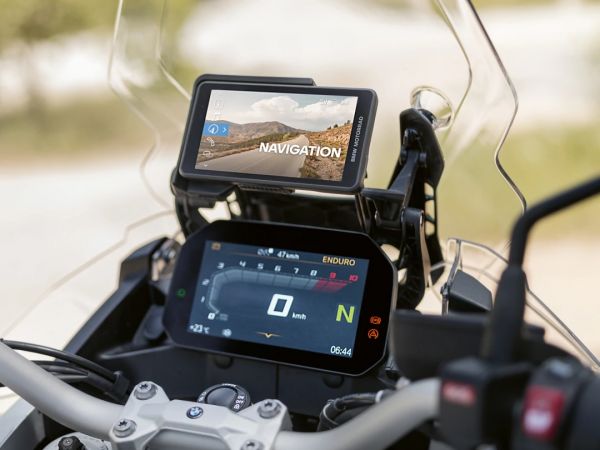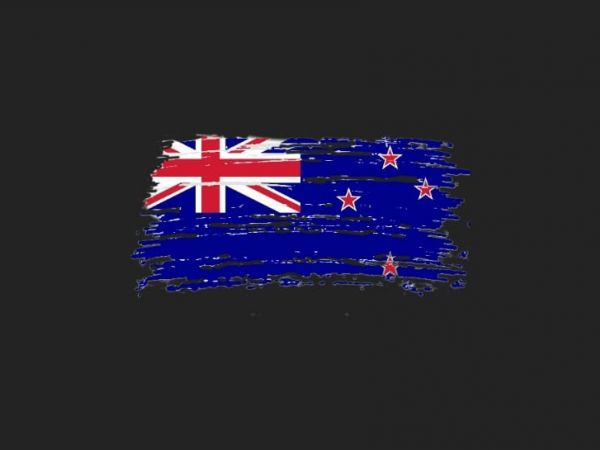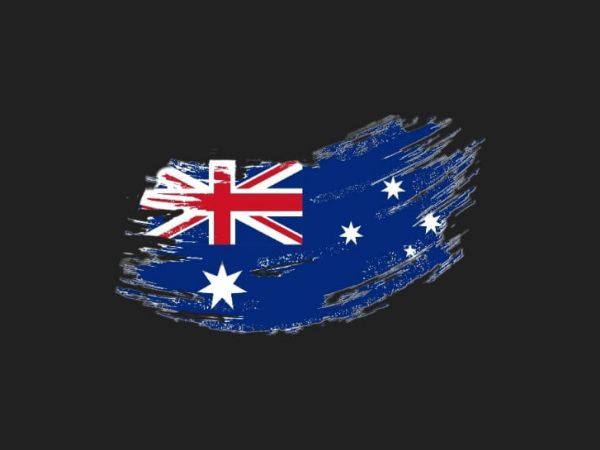Touring Croatia? Motorcycle rental tips and tricks
Touring Croatia? Motorcycle rental tips and tricks
Category: Precautions | Travel Recommendations
All about roads and rental requirements. Before you go and rent a motorcycle, it's always good being prepared. Croatia is a wonderful country and needs to visit. For sure, Croatia is a part of Europe and Balkan which is on the must do list of many people. But as you decided on a destination in general, holiday planning comes to your mind. Questions arise and many things need to be sorted out first. To get you sorted without any stress, here are a couple of “all you should know” - tips and tricks which might come up before you come to our beautiful country.
All kidding aside, we know the summer months mean less time indoors at your computer or on your phone, but it’s also the peak season for renting motorcycles.
So be prepared yourself.
Croatian roads
Good highway infrastructure will usually get you from point A to point B faster, but if you're keen on exploring, state roads and secondary roads are also good options. In other words, the guaranteed better option. Almost all secondary roads are perfectly and safely developed. The coastal road, the Eldorado for motorcycle enthusiasts, does not need to shy away in terms of the quality of construction compared to a German side road, for example. And of course, these side roads not only lead past breathtaking scenery, but they are also free of charge. If you still want to use the expressways or motorways, you will have to pay a toll for the use of motorways, bridges, and tunnels, depending on the route and length of the route. There is no video toll or vignette for cars and motorcycles in Croatia, as there is in Austria or Slovenia. Two systems are used to collect tolls on Croatian motorways: Open system: At bridges, tunnels, and shorter sections of motorway there is a toll booth that serves as an entry and exit.
The toll is then paid at toll stations. Sometimes you get a ticket at the beginning of the toll route, which is only paid for when you leave the section. In some cases, the toll is also required when entering the motorway. The amounts can be paid in cash and by credit or debit card.
Best season to rent a motorcycle in Croatia
If you want to rent a motorbike in the Dalmatian region of Split or Dubrovnik, the best season for your upcoming tour is spring, which means from mid-April to the end of June. May has an average high of around 20 degrees and the lowest is 15 degrees Celsius. In April, temperatures range from 11 to a maximum of 17 degrees. So actually, the most pleasant climate for motorcycling.
It's a bit hot in high season, late June to late August, but you can plan your route or routes inland where the slightly more pleasant climate prevails. So, it's not as hot there as on the coast.
But don't think that the motorcycle season ends at the end of August or September. Definitely not, because at the beginning of September, when there are fewer tourists in Croatia and especially on the beaches, the best time for motorcycling begins. From the beginning of September to mid-November there are still pleasant temperatures that really invite you to tour.
No matter what season you plan your tour for, you can visit the Plitvice Lakes National Park and the Gorski Kotar region with breathtaking nature including springs and waterfalls almost all year round. You can visit the Krka waterfalls or explore countless other beautiful landscapes and natural wonders. You can also explore the islands and beaches, and if you are a sea lover, visit the Golden Horn beach of Zlatni rat, for example.
Croatia, and Split in particular, is geographically perfectly located, because all the surrounding countries such as Slovenia, Slovakia, Romania, Bosnia and Herzegovina, Montenegro and Albania can be easily travelled from here. Not forgetting Italy, of course. It is always worth a ferry crossing and an overnight stay on the ferry, for example Split-Ancona or Dubrovnik-Bari.
Croatia is simply worth a trip. There is no question about it.
Cuisine
On a motorcycle tour in Croatia, local gastronomy and culture is an important part of the overall experience. Depending on your needs and desires, you can choose between a restaurant or a more local eatery. Traditionally, Croatian cuisine is influenced by different cuisines depending on the region. The mainland is influenced by German, Austrian, Hungarian, and Turkish culinary practices, while coastal parts are associated with Greek and Italian cuisine. All in all, it is a balanced Mediterranean mix. Like most Slavs, Croatians love their meat, potatoes, and bread. In the coastal areas, fish and olive oil naturally predominate, with plenty of leafy greens. An absolute MUST to try the Croatian specialties, such as:
Cevapcici
Cevapcici (correct spelling: Ćevapčići) are, according to numerous gourmets, the absolute classic when it comes to specialties of Croatian cuisine. This is the most famous dish served in this country.
The cevapcici are about 5 to 10 centimetres long rolls made from minced meat and then grilled. In the past, they were created from lamb in south-eastern Europe. In modern times, people mainly use beef to make cevapcici. Before shaping, season the meat with salt, pepper, paprika powder and savory. Then mix the mixture with pressed or chopped garlic. A little baking soda ensures that the rubbery consistency is achieved.
The cevapcici taste particularly delicious in combination with flatbread. Croatians prefer Djuvec rice as a side dish, but fries are also very popular. Ajvar is often served with cevapcici. The red paprika sauce, which can also be eaten as a spread, is very popular in south-eastern Europe as well as in Turkey.
Peka
Dish is placed in a stone oven under a metal cover. Hot coals are then added and placed on the lid, slowly cooking the meat in its own juices. Specialties include lamb, veal and octopus.
Grilled fish
Brudet, fish stew, traditional Dalmatian dish that you can find in most fish restaurants. Different types of fish slow cooked with potatoes and tomato sauce, usually served with homemade bread. Croatia has a stew tradition. There are many variants. However, if you're traveling in peak season or spring, we'd recommend something lighter.
Oysters and mussels
Oysters are widespread in the Mediterranean and also typical of Dalmatian cuisine. They are served immediately after being taken out of the sea and enriched only with lemon juice. One of the most famous mussel farming areas is around Ston northwest of Dubrovnik.
Brački vitalac
Meat and intestines slowly cooked in the stone oven. A dish that has its origins on the island of Brač and is at least a few centuries old.
Buzara
Buzara Shellfish sautéed in garlic, olive oil, parsley and white wine.
Cheese
Sheep and goat cheese are the most popular. Paški cheese is one of the most famous. Getting to the island of Pag is easy. If you visit the island of Pag, don't forget to visit the cheese factories.
We hope you enjoy exploring the charming corners of Croatia. And there are lots of them!
Always have a good ride with the BMW GS motorcycle you rented.
Your
MotoGS WorldTours - Tour Operator and
MotoGS Rental - Motocycle Rental Croatia
TAGS
traffic rules croatia tolls croatia croatian specialties croatian roads croatian food croatia holiday planningShare Your Thoughts
Share your experiences, questions, or suggestions!
Comments from Fellow Riders
Nobody has commented yet – your thoughts?
Blog categories
Moto Tours

* Balkan-Italy Adventure Tour
Approx. 2340 miles!
14 riding days through 5 countries!
15 overnight stays + 2 overnight stays on a ferry!

* Balkan-Carpathians-Albanian Alps Tour 2
Approx. 3138 miles!
21 riding days through 7 countries!
27 overnight stays!

* Balkan-Romania Adventure Tour
Approx. 2220 miles!
11 riding days through 5 countries!
12 overnight stays!

* Balkan-Carpathians-Albanian Alps Tour 1
Approx. 2520 miles!
15 riding days through 7 countries!
18 overnight stays!

* Croatia-Italy-France Adventure Tour
Approx. 1990 miles!
15 riding days through 4 countries!
17 overnight stays + 1 overnight stay on a ferry!

* Croatia-Sicily-Amalfi Coast Tour
Approx. 2730 miles!
18 riding days through 3 countries + Sicily!
21 overnight stays + 1 overnight stay on a ferry!

* New Zealand Adventure Tour
Approx. 4133 miles!
20 riding days through the South and North Island!
24 overnight stays + 1 overnight stay on a cruise!

Croatia - Route des Grandes Alpes, July 2025
2 Americans - 1 boy and 1 girl, 1 motorcycle - a BMW R1250GS, one motorcycle tour and one goal ...

Balkans - Romania Tour, June 2025
At the end of June 2025, the time had finally come. Between June 23 and June 25, all participants in this tour gradually arrived in Trogir.

Balkans - Italy Tour, May 2025
Together we covered about 3700 km, crossing the Adriatic twice, from Durrës to Bari and from Ancona to Split.

Money protection in the event of insolvency
Money Protection Certificate according to § 651r and § 651w of the Civil Code of the Federal Republic of Germany ...

Packing list for a motorcycle tour
Pack your things and get going...

Travel planning and navigation
The next vacation is just around the corner, hopefully, and you've decided to finally ...

Riding a motorcycle in a group or alone?
Riding a motorcycle in a group or riding alone? Are you worried about safety, contact with other people ...

The International Driving Permit
Understanding the International Driving Permit (IDP). A Key to Smooth Overseas Riding for ...

BMW Motorcycle ConnectedRide Navigator
The new BMW Motorcycle ConnectedRide Navigator ...

BMW-ConnectedRide Cradle and Connected App
Riders of new BMW models have several options for using information and entertainment ...

Traffic regulations in Oceania - New Zealand
What should be considered on a motorcycle tour through New Zealand?

Traffic regulations in Oceania - Australia
What should be considered on a motorcycle tour through Australia?





